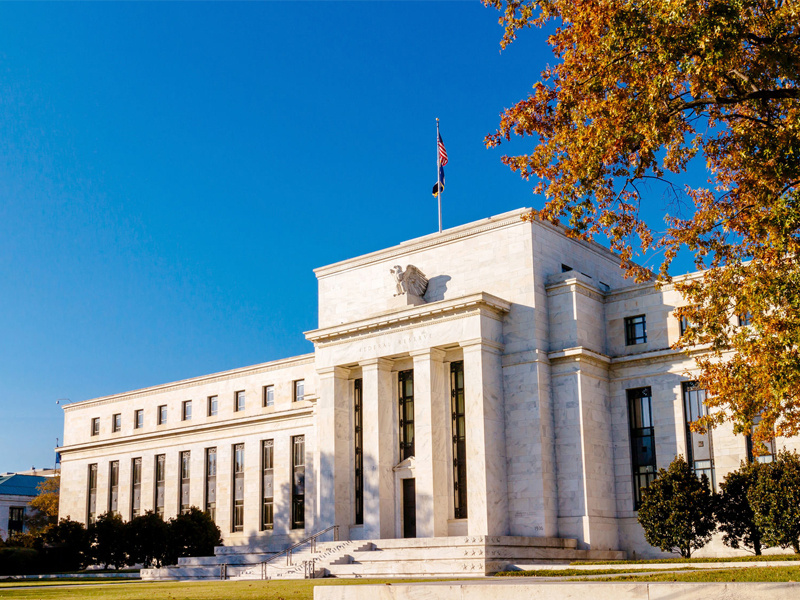
The prevailing trend for interest rates is upward as the U.S., Canada and other senior debt markets move out of the period of artificially low interest rates that were part of the economic rescue plans set in motion in the autumn of 2008. Yet, increasing interest rates is a risky process. Central banks can raise short-term rates. But if long-term inflation expectations don’t rise, the yield curve can flatten and then invert, which is a well-known precursor to recession.
Interest rates are rising toward an historical norm of perhaps 5% for 10-year government bonds as the great unwinding of debt comes to a long-awaited end. Nevertheless, central banks have a long way to go as the indicative overnight rates remain low: at 2% for the U.S. while the Bank of Canada (BoC) held its overnight target rate steady at 1.5% on Sept. 5.
Central banks need higher interest rates so that they will have room to cut if there’s another crisis. Without that power, the BoC and the U.S. Federal Reserve Board are almost disarmed. However, central banks’ short-term interest rate tightening is likely to flatten the yield curves of the U.S. and Canada if not accompanied by expectations of higher future inflation that would lift the long end of each yield curve.
Ironically, if the BoC and the Fed don’t raise short-term interest rates, yield curves in each country could remain sloped sufficiently upward so as not to threaten inversion, says Charles Marleau, president of Palos Management Inc. in Montreal: “For now, I do not see inversion in either country.”
Nevertheless, interest rate policy could change quickly, along with the business cycle in each country. There’s evident flattening of the yield curves in both the U.S. and Canada. In early September, the U.S. yield curve was the flattest it has been in the past 11 years. The peril is that central banks intent on raising short-term interest rates could still achieve flattening if the long end of the curve doesn’t rise. U.S. Treasury bond futures predict a 60% chance that the Fed will increase interest rates twice more in 2018 in response to strong employment numbers. In Canada, two more interest increases are widely expected by the end of 2018.
The longer-term view for interest rates is much less bullish, though. In early September, the interest rate spread between two-year (2.63%) and 10-year (2.89%) U.S. Treasury bond yields narrowed to 26 basis points (bps). That’s ominously close to the 24.4 bps spread in July 2007. Meanwhile, the yield for going out to 30 years, at 3%, is just 11 bps more than the 10-year rate.
In Canada, yield spreads are even tighter. As of early September, the two-year Canada bond paid 2.04% whereas the 10-year Canada paid 2.23% and the 30-year Canada paid 2.25%.
Yield curve flattening signifies reduced future inflation expectations that often precede recession, but lofty stock prices also beg the question of whether a correction will happen.
For equities, the S&P 500 cyclically adjusted price/earnings ratio of 32.3 in August was high for 2017-18 and far above the long-term average of 16.9, but modest compared with the 44.2 the ratio reached in December 1999 at the peak of the dot-com boom.
How far will short-term interest rates rise is the core issue as all other interest rates are anchored in overnight money costs and pushed up by inflationary expectations. Bank of Nova Scotia’s economics department calls for real growth of Canada’s gross domestic product at 1.8% per year for the next five years, slightly less than the BoC forecast of 1.9% through 2023. That’s on the weak side of growth in a 1%-3% range and a reason why higher interest rates on 10- to 30-year bonds are not expected.
“The yield curve could be flat for a long time before it inverts,” says James Marple, senior economist with Toronto-Dominion Bank in Toronto. “If inflation doesn’t rise as fast as the Fed model says it should, it could trigger an economic downturn.”
This is the first in a four-part series on fixed-income investing.